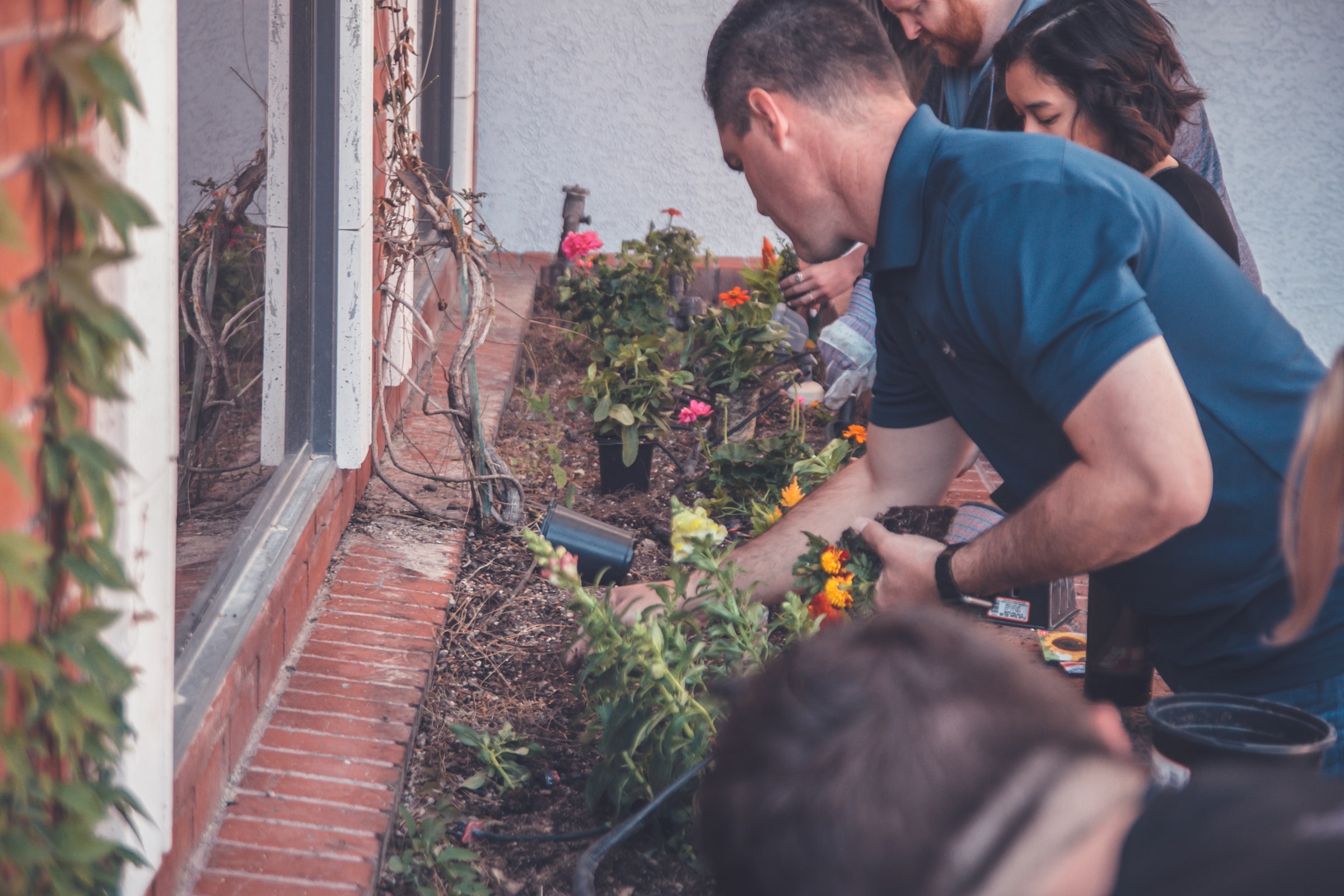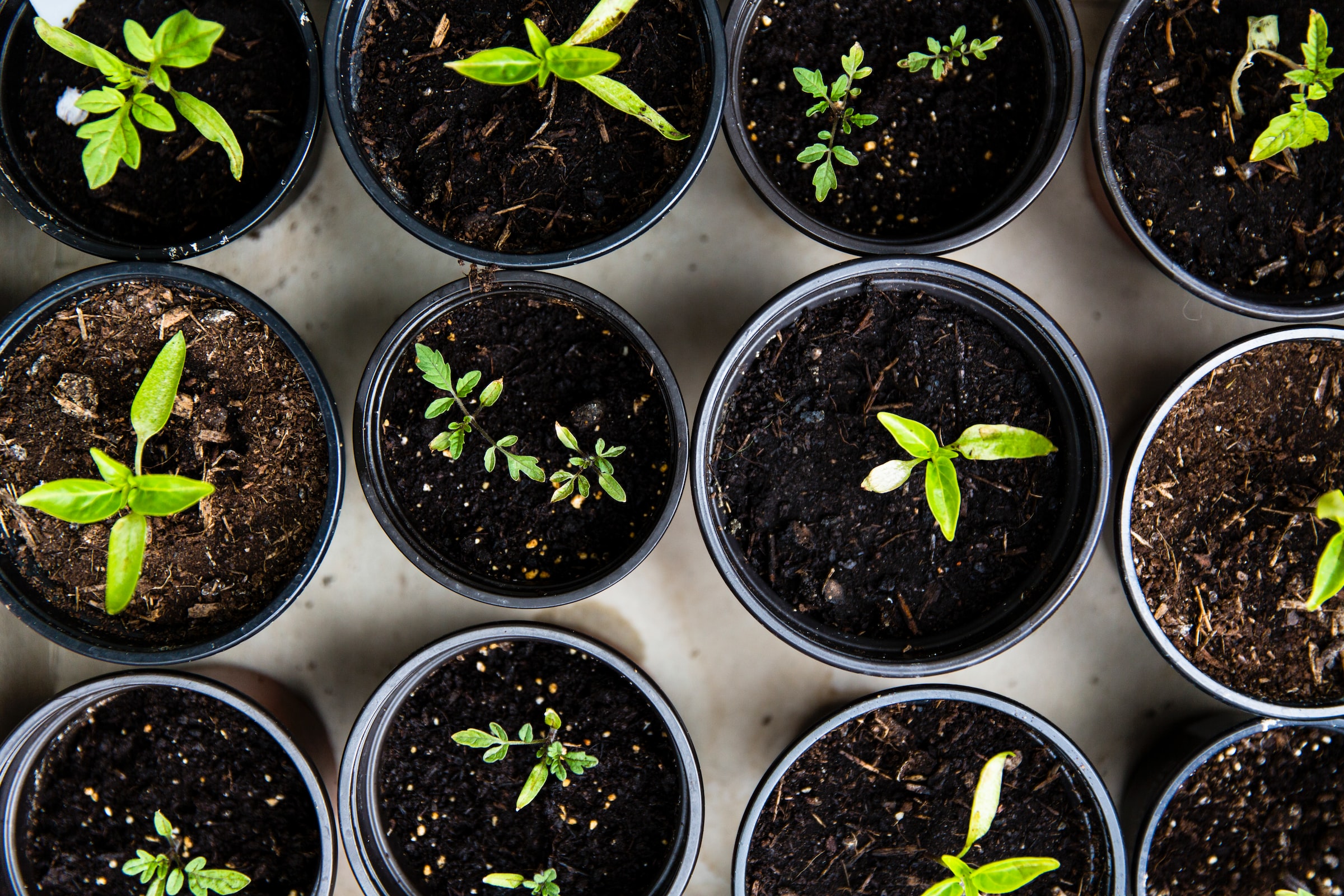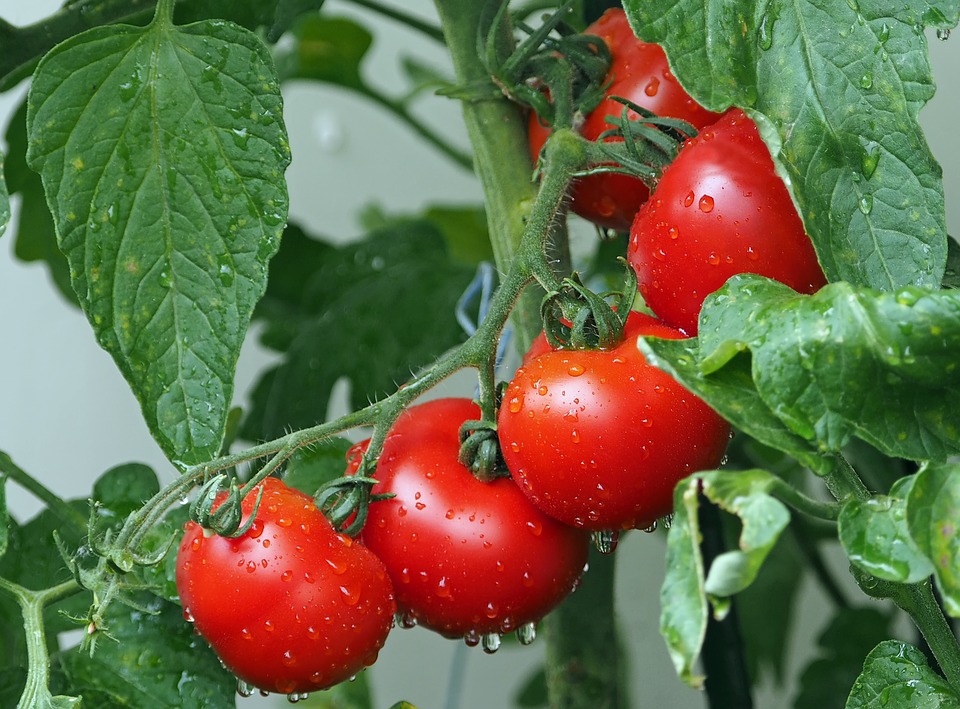Are cauliflowers among your favorite vegetables? The variety of dishes and salads made from these nutritious vegetables is seriously appetizing and delicious. My personal favorite dish is spicy roasted cauliflower! What’s yours? Anyway, if you’re a cauliflower lover like me, you will be amazed to know how you can easily cultivate cauliflowers in containers at home! Please read on to know more.
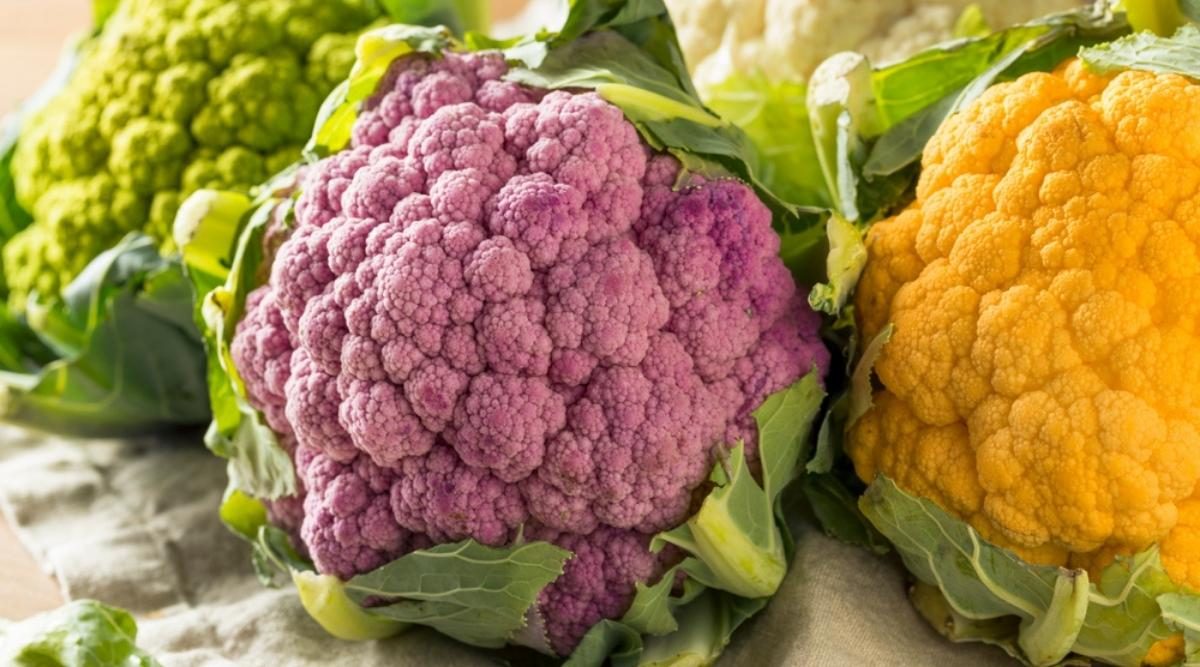
About cauliflowers
Cauliflower grows best in both sunny as well as in cool seasons. This makes spring and falls the perfect seasons for growing the crop. The vegetable’s name comes from the Latin words caulis for cabbage, and Floris, for flower. I believe that cauliflower has a beautiful appearance as the tightly bunched florets of the plant are connected by a thick core, often with a few light leaves surrounding it! Moreover, being an annual plant in the Brassica family, the cauliflower has edible white flesh and is extremely healthy as it contains vitamins C, K, and B6 as well as minerals such as Potassium, Manganese, Magnesium, and Phosphorus. Although it is usually white, cauliflower does come in other colors, including purple, yellow, and orange, and surprisingly, with the same splendid taste! Which one is your favorite color?
What are the proper sowing time, spacing, and growing methods?
The best time to sow cauliflower seeds depends on the climate and on the cauliflower varieties, namely, the early season, main season, and late-season varieties. Early-season varieties are sown from May to August and are ready to harvest from September to December. Main season varieties are sown from September to October and are ready for harvest from December to January. Finally, late-season varieties are sown from October to December and harvested from mid-January to April end.
Cauliflower cultivation nurseries
To cultivate cauliflowers, you should make small nursery beds that are one meter in width and fifteen centimeters in height. After doing so, you should apply your fungicide to prevent contamination by fungal diseases. The seeds should be sown in lines spaced 8 to10 cm apart. Also, care should be taken to keep a distance of 1.5 to 2 cm between the seeds being sown at a depth of 1.5 to 2 cm. Then, the seeds should be covered with sand and a plant-based compost mixture. Most importantly, weed and water the nursery beds frequently! Watering my cauliflower nursery beds in the morning is a very relaxing activity for me!
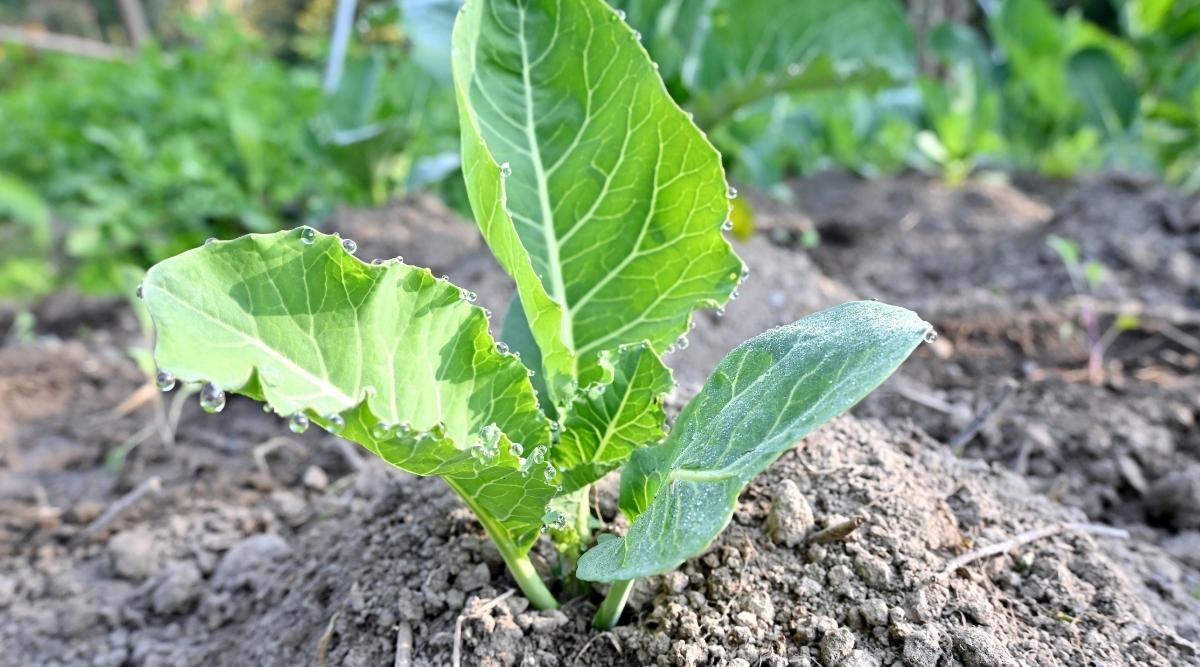
How to transplant cauliflower seedlings?
The cauliflower seedlings normally become ready for transplanting to the soil after 4 to 5 weeks. However, during the transplantation process, the distance that should be kept between two plants will depend on the fertility of the soil and the season. Generally, the distance to be maintained for early-season cauliflower is 45 cm. The distance between the two crops should be 60 cm for the main and late-season ones. This is actually an interesting technique to yield more cauliflowers! Moreover, you should not forget to frequently water your plants.
The amount of compost and fertilizer to use and how to use them?
The compost and fertilizer requirements of our cauliflower crops will depend on the fertility of the soil. First of all, you should determine the fertility of the soil by soil testing. Then, you should apply the required amount of compost and fertilizer to the soil before transplanting the cauliflowers. Generally, the quantity of nutrients needed by cauliflower crops is 200 kg of Nitrogen, 75 kg of phosphorus, and 75 kg of potassium per hectare for an optimum yield. Moreover, half of the nitrogen should be mixed at the time of the transplantation, while the other half should be given after 30 days. I can personally attest that this technique is very effective!
Harvesting cauliflowers
Your cauliflower will be fully grown and ready to be harvested after 90 to 120 days. However, you should be careful about not delaying your harvest because the color of your vegetables might change into an unpleasant yellow, and their thickness and charm might disappear. I like to harvest my cauliflowers by cutting their stalks with a knife. Furthermore, store your harvested cauliflowers below 0 degrees Celcius for 3 or 4 days before consuming.

Some famous homemade cauliflower dishes.
Here are some brilliant ideas for homemade cauliflower dishes for you: cauliflower soup, cauliflower pasta, cauliflower pizza, garlic mashed cauliflower, chipotle cauliflower nachos, cauliflower rice, and lastly, the famous cauliflower mac and cheese!
I am sure that you will agree with me on the fact that cauliflowers are very important in our daily balanced diet! Also, the tips mentioned above will help you a lot to care for your homegrown cauliflowers! I just finished harvesting three big and fresh cauliflowers from my garden, and I am going to use them for my dinner! So best of luck with your planting and bon appetit!
Please do not forget to share your comments below!


